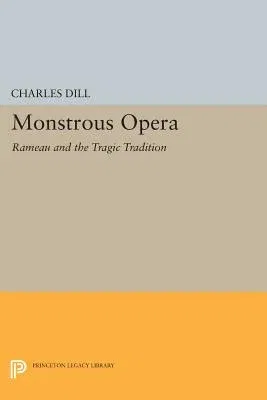One of the foremost composers of the French Baroque operatic tradition,
Rameau is often cited for his struggle to steer lyric tragedy away from
its strict Lullian form, inspired by spoken tragedy, and toward a more
expressive musical style. In this fresh exploration of Rameau's
compositional aesthetic, Charles Dill depicts a much more complicated
figure: one obsessed with tradition, music theory, his own creative
instincts, and the public's expectations of his music. Dill examines the
ways Rameau mediated among these often competing values and how he
interacted with his critics and with the public. The result is a
sophisticated rethinking of Rameau as a musical innovator.
In his compositions, Rameau tried to highlight music's potential for
dramatic meanings. But his listeners, who understood lyric tragedy to be
a poetic rather than musical genre, were generally frustrated by these
attempts. In fact, some described Rameau's music as monstrous--using an
image of deformity to represent the failure of reason and communication.
Dill shows how Rameau answered his critics with rational, theoretical
arguments about the role of music in lyric tragedy. At the same time,
however, the composer sought to placate his audiences by substantially
revising his musical texts in later performances, sometimes abandoning
his most creative ideas.
Monstrous Opera illuminates the complexity of Rameau's vision,
revealing not only the tensions within the music but also the
conflicting desires that drove the man--himself caricatured by his
contemporaries as a monster.
Originally published in 1998.
The Princeton Legacy Library uses the latest print-on-demand
technology to again make available previously out-of-print books from
the distinguished backlist of Princeton University Press. These editions
preserve the original texts of these important books while presenting
them in durable paperback and hardcover editions. The goal of the
Princeton Legacy Library is to vastly increase access to the rich
scholarly heritage found in the thousands of books published by
Princeton University Press since its founding in 1905.

